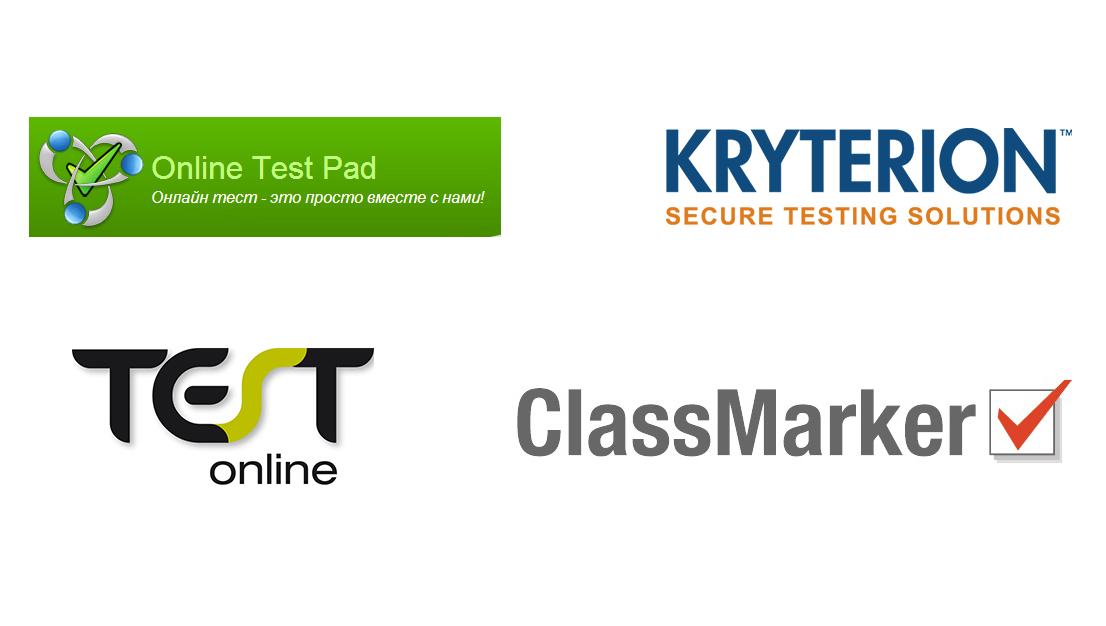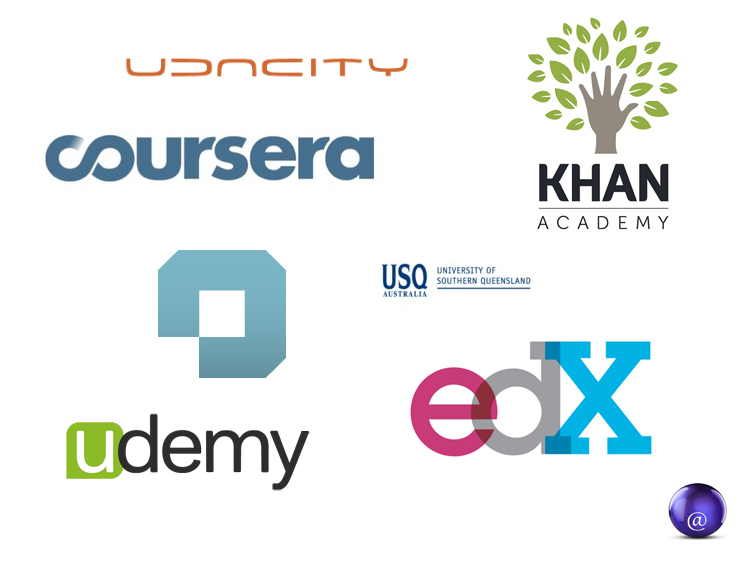
- •Suleyman Demirel University
- •Suleyman Demirel University Faculty of Engineering
- •Suleyman Demirel University
- •Task To complete Diploma thesis
- •Project consultation pointing to relevant chapters
- •Thesis prepaRation scheduleS
- •Annotation
- •Аннотация
- •Related works
- •2.1 What is e-assessment?
- •2.2 Why might e-assessment be so useful?
- •2.3 What can e-assessment do for Learning and Teaching?
- •3.1 Python
- •3.2 Django
- •3.3 SqLite
- •3.3.1 What is sqLite?
- •3.3.2 Distinctive Features Of sqLite
- •Variable-length records
- •3.4 Jquery
- •Features
- •Including the library
- •Usage styles
- •JQuery plug-ins
- •Variations
- •Limitations
- •Vertical control limitations
- •Advantages
- •4.1 Dbms
- •4.2 Working principle
Related works
There are a lot of similar projects in the web, more deeper, more complicated.

Pic.1 Online testing systems
As mine – independent testing services, but there are more testers, which have been included into the great online educational systems

Pic.2 Online learning platforms

Pic.3 Online learning platforms
learning Background
2.1 What is e-assessment?
E-assessment involves the use of digital devices to assist in the construction, delivery, storage or reporting of student assessment tasks, responses, grades or feedback.
E-assessment can be undertaken with many devices, such as traditional desktop computers or laptops, with portable communication devices such as smart mobile phones, with digital devices such as iPads or through the use of electronic gaming devices. E-assessment can use a multitude of formats, including text documents or portable document formats, multimedia formats such as sound, video or images; it can involve complex simulations or games; it can also be undertaken by students in groups or individually and it can occur with large numbers of students in a synchronous or asynchronous manner.
Teachers can use computers to construct their assessment tasks, to deliver these tasks to the relevant students and to record and provide feedback and grades to these students. Computers can also be used to analyze the students’ responses, both to provide feedback to the student on the quality and relevance of their response, as well as to provide feedback to the teacher on whether the task can differentiate between students with different abilities.
E-assessment can be used to test many different capabilities and skills that are developed by students. There are only a few tasks that might not be suitable for completing and recording electronically, but the number of such tasks is rapidly diminishing as technology becomes more sophisticated and widespread. In many disciplines laboratory equipment can be manipulated remotely and students can undertake real time physical performances that are able to be recorded and used for assessment purposes. We are quickly approaching the stage where our imaginations will be the limiting factor in designing e-assessment tasks.
E-assessment can be part of a learning management system such as Blackboard, Sakai or Moodle; it can be a standalone application such as Questionmark Perception or TestPilot. Electronic assessments can be located and delivered from a central server and accessed by students anywhere and anytime through the use of a web browser or they can be isolated on local computers or local area networks (LAN) with limited access gateways.
E-assessment is much more than multiple-choice questions. It can involve the use of blogs and wikis, self or peer review; it can use existing social media sites and creator systems associated with Web 2.0; assessments embedded within role plays and scenario-based assessments can be designed; we are able to use virtual worlds such as Second Life to set engaging and sophisticated tasks for students that require the use of multiple capabilities and skills to solve complex problems.
In summary, e-assessment involves a rich tapestry of possibilities that allows us to evidence student learning in a much deeper and often more authentic way than has been possible with traditional paper based assessments where students have been expected to use limited resources to respond to tasks.
